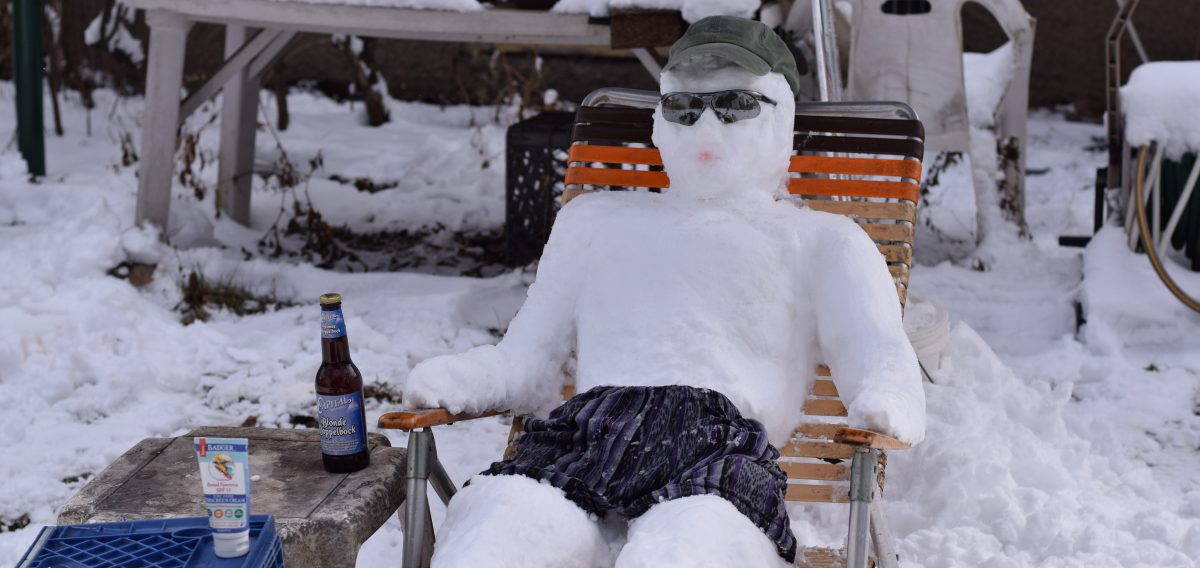
Strawberry season is here, but getting out to a berry patch to pick is another issue. Cherries, on the other hand, are just a short walk from here. This morning I picked two pies’ worth, and this afternoon, they became two pies.
Wheaties calls itself the Breakfast of Champions, but I would argue that title should go to cherry pie a la mode with a cortado. To call that the Breakfast of the Half-fast doesn’t do it justice.
I had a great adventure last week. I did the Wednesday Night Bike Ride with a friend. Spine-tingling adventure already, eh? Riding next to someone with whom I don’t live! Then he suggested we go out to dinner. I hadn’t been in a restaurant since February 23, 2020. You might ask why I remember that specifically. That’s not the point, so I won’t answer. If you really must know, ask in the comments.
My first reaction was a bit of trepidation. Then I wondered what the point of being vaccinated is if I don’t change my behaviors. So we went to a restaurant where we could eat outside. The nearest other patron was 10 feet away. I figured tequila and lime are both anti-viral [ed. note: requires citation] so I drank a Margarita to be safe. A little salt on the rim was to replace lost electrolytes. I drank tequila and ate tacos in a public setting and lived to tell about it.

I rode a new route through familiar territory. Some roads I hadn’t seen, some others in different directions or different sections. Contour farming and intercropping make for great contrasts. I believe I found a new ride to add to the list of favorites. (The new-for-2021 Mt Vernon route, for those from around here, offered four options from 13 to 42 miles and was called the “Get Lost Ride”. We ended up getting lost and making our own route by combining a couple of them when we made a wrong turn and didn’t want to backtrack. That leaves another valley to explore another time.)


Knee-high by the 4th of July is what they say for corn around here. Even with the drought, this is well past the knee, and this is not the tallest corn we saw. Is it new hybrids, GMOs, overuse of fertilizer?
The weather was perfect. Cool and cloudy with a few drops of rain to add suspense. It was windy but, for some reason, seemed to be a tailwind most of the time. (Like having more than one favorite ride, I consider more than one kind of weather perfect for riding. I might have once said there is no such thing as bad weather for riding, just not the right clothes.)




